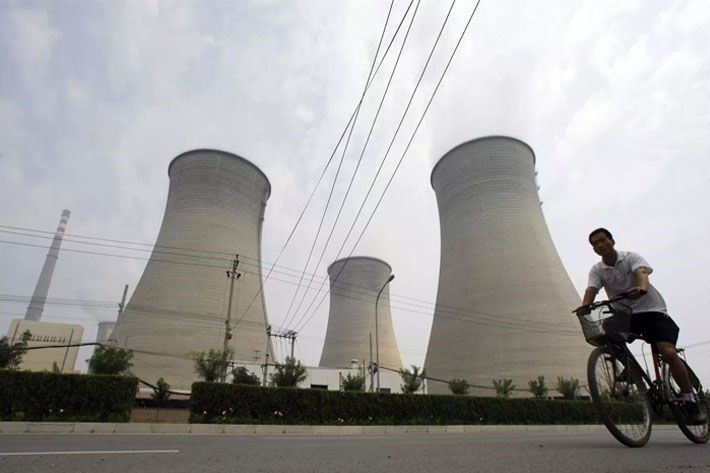
China, the world’s largest greenhouse gas emitter, is said to be ‘doubling down’ on coal and gas in the wake of a domestic energy crisis and the Russian invasion of Ukraine.
The country is continuing to build up its domestic fossil fuel production capacity and strengthening its portfolio for energy imports, even as it accelerates renewable power deployment, she Swithin recently wrote on World Economic Forum (WEF) website.
Its energy decisions over the next few years will have large implications for its emissions trajectory towards 2030, its pathway towards the 2060 carbon-neutrality goal, and for global warming as a whole, she wrote.
“On the other hand, we find that this emissions trajectory—and China’s current targets—are incompatible with what would need to happen on a global level to limit warming to 1.5C. If all countries adopted an equivalent level of ambition, we would expect warming to reach 3C,” she said.
Fresh assessment shows China’s greenhouse gas (GHG) emissions in 2021 were around 5 per cent above pre-pandemic levels, reaching 14.1 billion tonnes of carbon dioxide equivalent (GtCO2e), excluding land use, land use change and forestry (LULUCF).
“We also estimate that emissions could rise by another 3 per cent by 2025. Crucially, however, we find that current policies imply China’s emissions reaching a peak around 2025 before falling gradually towards 2030,” she wrote.
China’s international climate pledge promises to peak carbon dioxide emissions before 2030 and to reduce the country’s carbon intensity—its emissions per unit of GDP—by ‘over 65 per cent’ in 2030 from 2005 levels.
“Our analysis suggests that both of these goals will be significantly overachieved. We project that China will peak carbon dioxide emissions in 2025—or slightly after—at around 11.9GtCO2 excluding LULUCF. And we expect China to achieve a 67 per cent reduction in carbon intensity below 2005 levels by 2030. Other researchers have also projected earlier peaking, at similar levels,” she wrote.
However, if China utilises the added fossil fuel capacity to service growing energy demand, it will delay the carbon dioxide peaking year, raise peak emission levels, further deplete the global carbon budget and put China’s carbon intensity target at risk.
Either way, the additional coal capacity being built in China will add to its growing stranded asset risks, which could end up exceeding $150 billion, according to one recent analysis.
China could alternatively invest in accelerating other elements of the clean energy transition such as green hydrogen, which is only expected to make up less than 1 per cent of the country’s hydrogen production in 2025, according to China’s new strategy.
Meanwhile, China’s renewables installation is booming and the assessment is that it will overachieve its targets in this field.
Coal will remain the dominant fuel source well past this decade, in contrast to a global decline of 75 per cent below 2019 levels in 1.5C pathways.
“As a result, our assessment is that China’s currently planned energy and climate developments imply an emissions trajectory to 2030 that—if applied at the global level—would be consistent with 3C of warming, well above what would be necessary to keep warming below 1.5C,” she added.
Fibre2Fashion News Desk (DS)